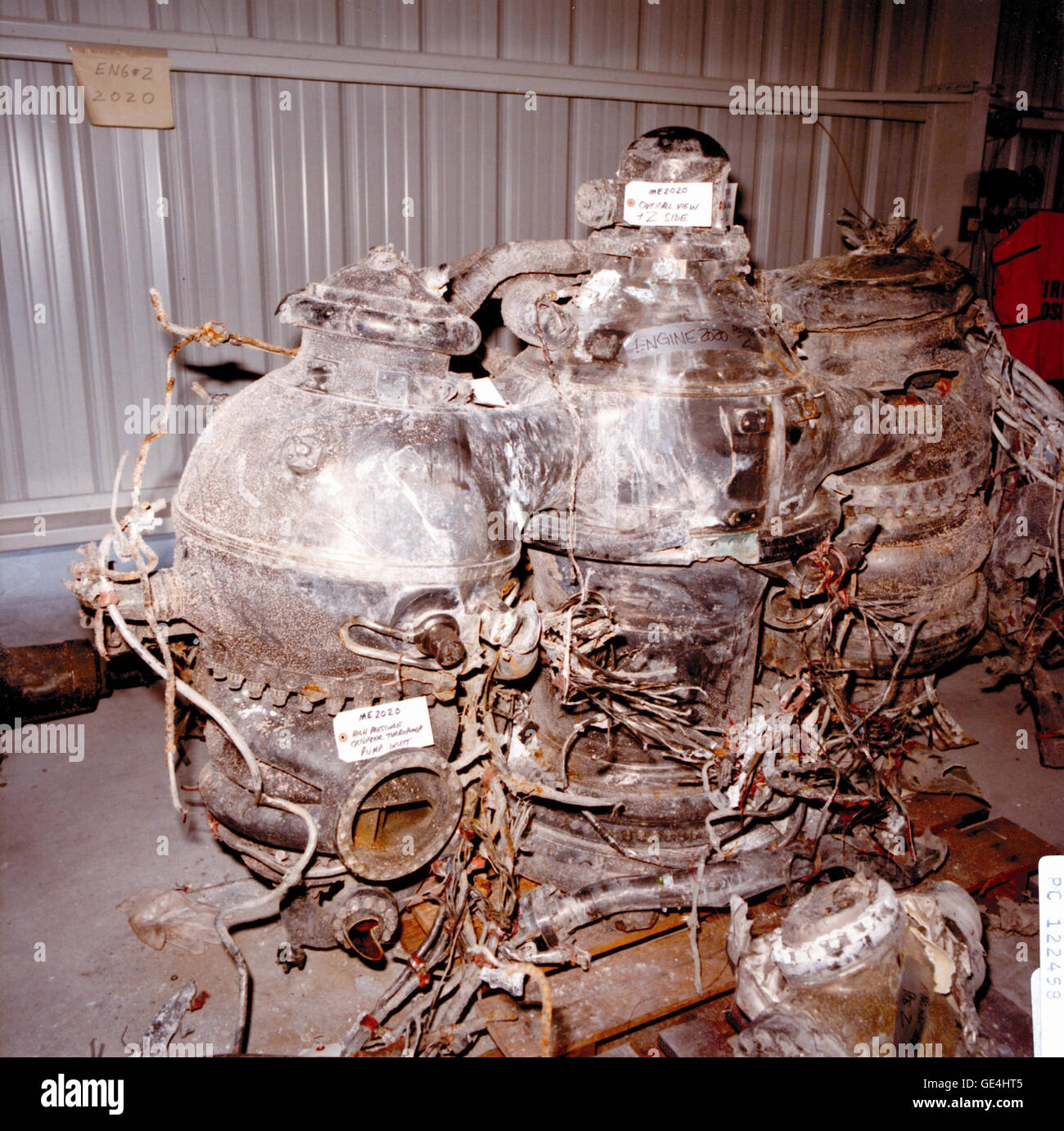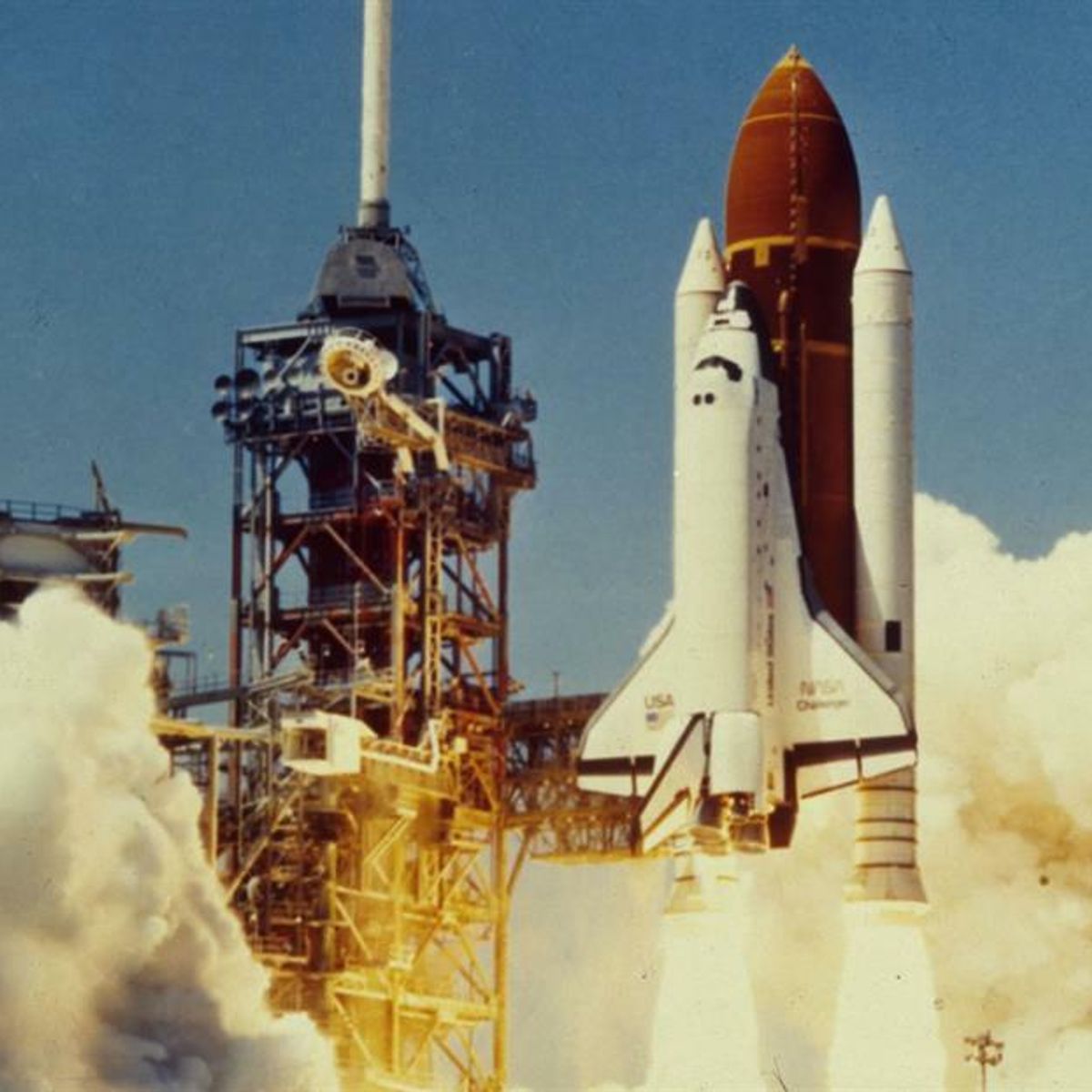Exploring The Challenger Crew Compartment: A Detailed Insight
The Challenger Crew Compartment, a marvel of aerospace engineering, played a pivotal role in space exploration during its era. Designed to house astronauts during their missions, it was a symbol of human ingenuity and determination to conquer the final frontier. The compartment was not just a functional space but a lifeline for the crew, providing safety, comfort, and operational support during the most critical phases of space travel. Its design and functionality were meticulously crafted to withstand the harsh conditions of space, making it an integral part of NASA's space shuttle program.
While the Challenger Crew Compartment offered groundbreaking advancements, its tragic legacy is forever etched in history due to the Challenger disaster in 1986. This catastrophic event not only highlighted the risks of space exploration but also underscored the importance of continuous improvements in aerospace safety. Despite the tragedy, the compartment's design principles have been studied and adapted to enhance the safety and efficiency of modern spacecraft. Today, it serves as a reminder of the sacrifices made in humanity's quest to explore the cosmos.
Understanding the Challenger Crew Compartment goes beyond its physical structure. It represents decades of innovation, collaboration, and perseverance in the face of adversity. By examining its design, purpose, and legacy, we gain valuable insights into the challenges and triumphs of space exploration. This article delves into the intricacies of the Challenger Crew Compartment, exploring its historical significance, engineering brilliance, and lessons learned from its untimely demise.
Read also:Jailyne Ojeda The Rise Of A Social Media Sensation And Fitness Icon
Table of Contents
- What Was the Challenger Crew Compartment?
- How Did the Challenger Crew Compartment Work?
- What Were the Safety Features of the Challenger Crew Compartment?
- Engineering Brilliance Behind the Design
- Lessons Learned from the Challenger Disaster
- How Has the Challenger Crew Compartment Influenced Modern Spacecraft?
- Frequently Asked Questions
- Conclusion
What Was the Challenger Crew Compartment?
The Challenger Crew Compartment was the heart of the Space Shuttle Challenger, serving as the primary living and working area for astronauts during missions. Located in the forward section of the orbiter, it housed the flight deck, mid-deck, and critical systems necessary for the crew's survival and mission success. Designed to accommodate up to seven astronauts, the compartment was a testament to the advancements in aerospace technology during the late 20th century.
One of the most notable features of the compartment was its modular design. The flight deck, located on the upper level, contained the primary controls for piloting the shuttle and monitoring mission parameters. The mid-deck, situated below, served as a multipurpose area for experiments, rest, and storage. Equipped with sleeping stations, hygiene facilities, and life support systems, it ensured the crew's well-being during extended missions. The compartment's layout was optimized for efficiency, allowing astronauts to perform their duties with precision and ease.
Beyond its functional aspects, the Challenger Crew Compartment symbolized humanity's ambition to explore space. It was a testament to the collaboration between engineers, scientists, and astronauts, each contributing their expertise to create a safe and reliable environment for space travel. However, the compartment's legacy is also marked by tragedy, as the Challenger disaster highlighted the vulnerabilities of even the most advanced systems. Understanding its design and purpose provides a deeper appreciation for the complexities of space exploration.
How Did the Challenger Crew Compartment Work?
The Challenger Crew Compartment was a sophisticated system that integrated various subsystems to support the crew and mission objectives. At its core, the compartment relied on advanced life support systems to maintain a habitable environment in the harsh conditions of space. These systems regulated temperature, oxygen levels, and pressure, ensuring the crew's safety and comfort throughout the mission.
Life Support Systems
The life support systems in the Challenger Crew Compartment were designed to mimic Earth's atmosphere as closely as possible. Oxygen was supplied through tanks, while carbon dioxide was removed using lithium hydroxide canisters. The temperature was controlled using a combination of heaters and radiators, while humidity levels were managed to prevent condensation. These systems were meticulously tested to ensure reliability during long-duration missions.
Navigation and Control
The flight deck housed the primary controls for navigation and mission operations. Equipped with state-of-the-art avionics, the compartment allowed astronauts to monitor the shuttle's trajectory, communicate with mission control, and execute critical maneuvers. Redundant systems were incorporated to provide backup in case of failure, ensuring the crew's ability to respond to emergencies.
Read also:Discovering Shopie Rain Erome A Comprehensive Guide To Her Life And Legacy
Integration of Subsystems
The seamless integration of subsystems was a hallmark of the Challenger Crew Compartment's design. From power distribution to communication systems, each component was engineered to work in harmony with others. This integration not only enhanced the compartment's efficiency but also minimized the risk of system failures. Regular maintenance and testing were conducted to ensure all systems remained operational throughout the mission.
What Were the Safety Features of the Challenger Crew Compartment?
Safety was a top priority in the design of the Challenger Crew Compartment. Engineers implemented multiple layers of protection to safeguard the crew from the inherent risks of space travel. These safety features ranged from structural reinforcements to emergency protocols, each designed to mitigate potential hazards.
Structural Integrity
The compartment's structure was reinforced to withstand the extreme forces experienced during launch, orbit, and re-entry. Made from lightweight yet durable materials, it provided a robust shield against micrometeoroids and other space debris. Redundant systems were also incorporated to ensure functionality in the event of damage or failure.
Emergency Protocols
In the event of an emergency, the Challenger Crew Compartment was equipped with procedures to protect the crew. These included escape mechanisms, fire suppression systems, and medical kits. Astronauts underwent rigorous training to familiarize themselves with these protocols, enabling them to respond effectively to any situation.
Testing and Validation
Before each mission, the compartment underwent extensive testing to validate its safety features. Simulations were conducted to replicate various scenarios, from system malfunctions to environmental extremes. This rigorous testing ensured that the compartment was prepared for the challenges of space exploration.
Engineering Brilliance Behind the Design
The design of the Challenger Crew Compartment was a testament to the ingenuity and expertise of aerospace engineers. Every aspect of the compartment was meticulously planned to optimize performance and safety. From its aerodynamic shape to its advanced materials, the compartment embodied the cutting-edge technology of its time.
Aerodynamic Design
The compartment's aerodynamic design was crucial for minimizing drag during launch and re-entry. Engineers employed computational fluid dynamics to refine its shape, ensuring smooth airflow and reducing stress on the structure. This design not only enhanced the shuttle's performance but also contributed to fuel efficiency.
Use of Advanced Materials
The use of advanced materials was another key feature of the compartment's design. Lightweight composites and heat-resistant alloys were utilized to balance strength and weight. These materials provided the necessary durability while minimizing the overall mass of the shuttle, a critical factor for successful space missions.
Innovations in Ergonomics
Ergonomics played a vital role in the compartment's design, ensuring that astronauts could perform their tasks with ease. Controls were strategically placed for accessibility, while seating arrangements were optimized for comfort. These innovations not only improved operational efficiency but also reduced the physical strain on the crew.
Lessons Learned from the Challenger Disaster
The Challenger disaster on January 28, 1986, was a tragic event that profoundly impacted the aerospace industry. The loss of the Challenger Crew Compartment and its seven astronauts highlighted the importance of rigorous testing and safety protocols. In the aftermath of the disaster, numerous investigations were conducted to identify the root causes and prevent future incidents.
Root Causes of the Disaster
The primary cause of the Challenger disaster was the failure of the O-ring seals in the solid rocket boosters. These seals were designed to prevent hot gases from escaping, but cold weather on the day of the launch compromised their effectiveness. This failure led to a catastrophic chain reaction, resulting in the disintegration of the shuttle.
Impact on Aerospace Safety
The Challenger disaster prompted significant changes in aerospace safety practices. Stricter testing protocols were implemented, and redundancy was emphasized in critical systems. Additionally, communication channels were improved to ensure that concerns could be addressed promptly. These changes have had a lasting impact on the industry, enhancing the safety of subsequent missions.
Memorializing the Crew
The Challenger Crew Compartment and its astronauts are remembered as symbols of courage and sacrifice. Memorials have been erected to honor their contributions to space exploration, and their legacy continues to inspire future generations. The disaster serves as a reminder of the risks inherent in space travel and the importance of unwavering commitment to safety.
How Has the Challenger Crew Compartment Influenced Modern Spacecraft?
The Challenger Crew Compartment's design principles have had a lasting influence on modern spacecraft. Engineers continue to draw inspiration from its innovations, incorporating lessons learned into the development of new vehicles. This legacy is evident in the advancements seen in crewed missions today.
Advancements in Life Support
Modern spacecraft have built upon the life support systems pioneered in the Challenger Crew Compartment. Improved filtration technologies and more efficient oxygen generation systems have enhanced the safety and comfort of astronauts. These advancements have enabled longer missions and expanded the possibilities for human space exploration.
Enhanced Safety Protocols
The emphasis on safety protocols following the Challenger disaster has led to significant improvements in spacecraft design. Redundant systems, rigorous testing, and enhanced communication channels are now standard practices. These measures have reduced the likelihood of catastrophic failures and increased the reliability of crewed missions.
Integration of Automation
Automation has become a key feature in modern spacecraft, inspired by the integration of subsystems in the Challenger Crew Compartment. Advanced avionics and artificial intelligence have streamlined operations, reducing the workload on astronauts and improving mission efficiency. This evolution reflects the ongoing commitment to innovation in aerospace engineering.
Frequently Asked Questions
What Was the Purpose of the Challenger Crew Compartment?
The Challenger Crew Compartment was designed to house astronauts during space missions, providing a safe and functional environment for living and working. It included the flight deck for navigation and the mid-deck for rest and experiments.
How Did the Challenger Crew Compartment Contribute to Space Exploration?
The compartment enabled astronauts to perform critical tasks in space, from conducting experiments to operating the shuttle. Its design and functionality advanced the capabilities of crewed missions, paving the way for future exploration.
What Lessons Were Learned from the Challenger Disaster?
The disaster highlighted the importance of rigorous testing, redundancy in critical systems, and open communication. These lessons have been applied to modern spacecraft, enhancing safety and reliability in space exploration.
Conclusion
The Challenger Crew Compartment remains a significant milestone in the history of space exploration. Its design and functionality showcased the ingenuity of aerospace engineering, while its legacy underscores the importance of safety and innovation. By understanding its contributions and challenges, we gain valuable insights into the future of human space travel.
As we continue to explore the cosmos, the lessons learned from the Challenger Crew Compartment will guide us in creating safer and more efficient spacecraft. Its influence is evident in the advancements of modern missions, reminding us of the enduring spirit of exploration and discovery.
For further reading on the Challenger disaster and its impact, you can visit NASA's official website.
Understanding Property Appraiser Davenport: A Comprehensive Guide
Exploring The Item Sumter SC Obituaries: A Comprehensive Guide
How To Use Ciox Track Request: A Comprehensive Guide

Space Shuttle Challenger Crew Compartment Wreckage

Space Shuttle Challenger Crew Compartment Wreckage